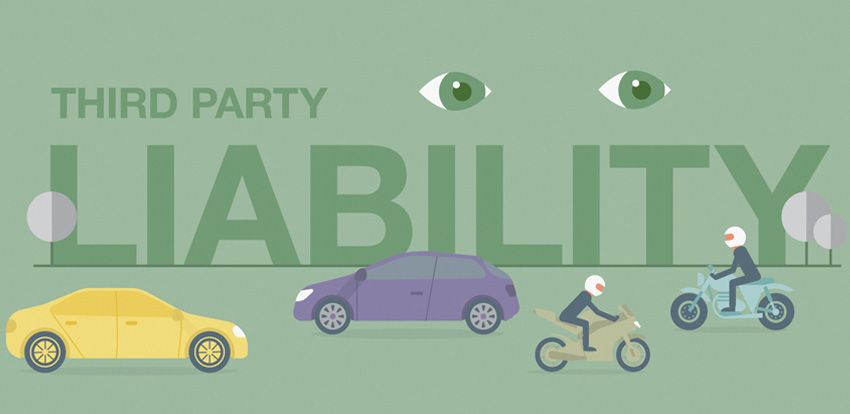Third-Party Liability
Third-party liability insurance protects from financial claims resulting from unintentional harm to others.

Highlights include:
- Mandatory vehicle liability coverage in many countries.
- Flexible premium models, including bonus-malus systems (e.g., rewarding good driving performance and penalising poor performance based on an individual's claims history) and telematics-based pricing.
- Business liability options for professionals and companies.
